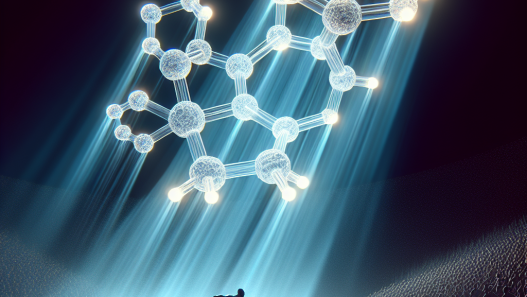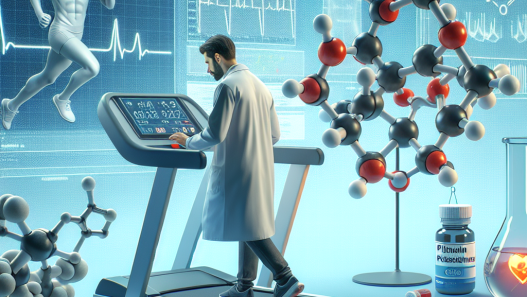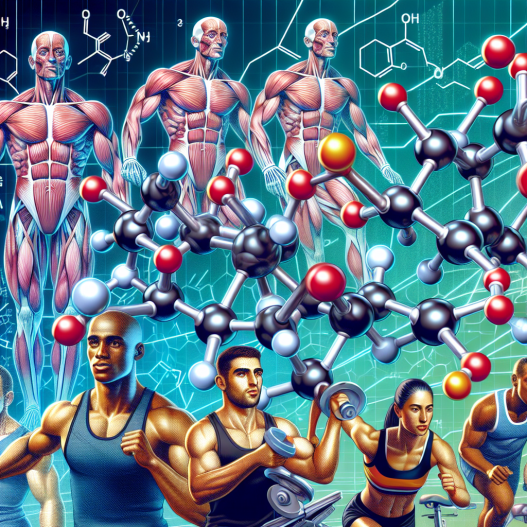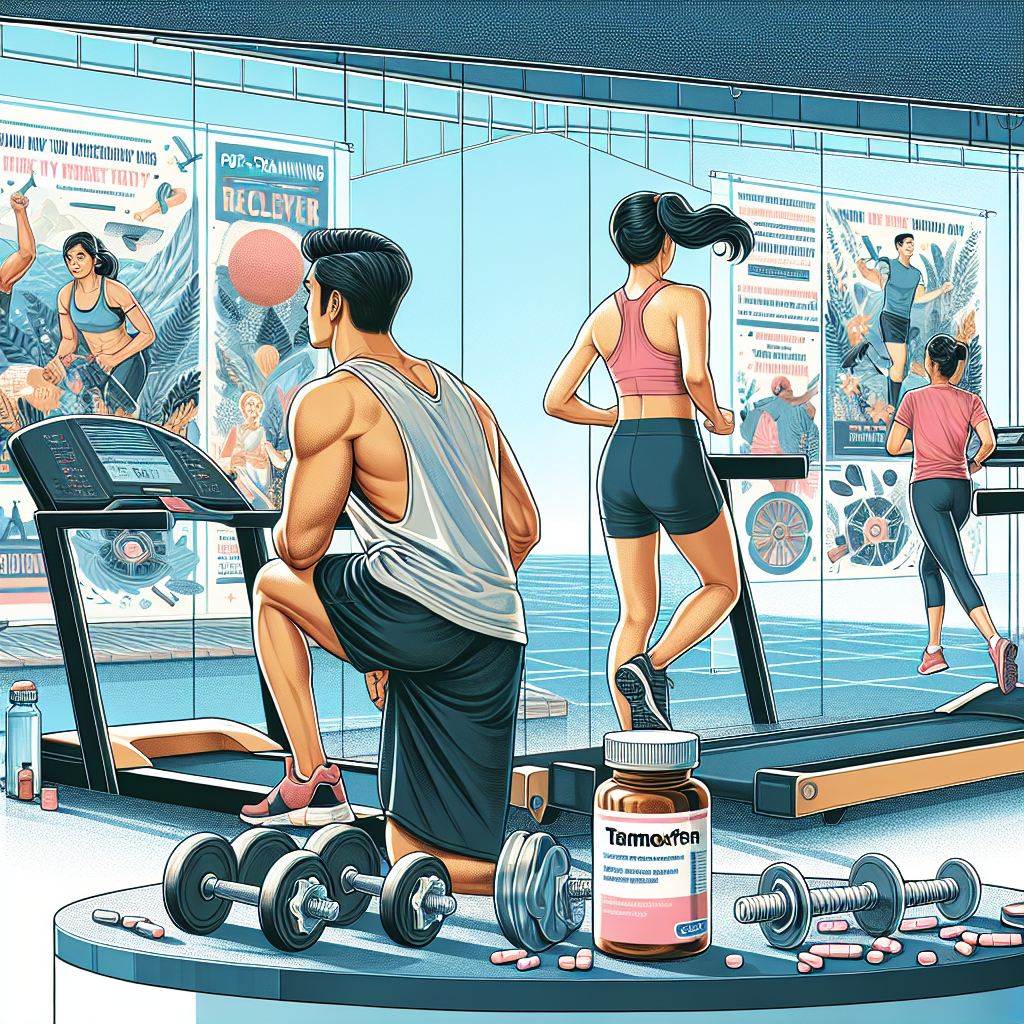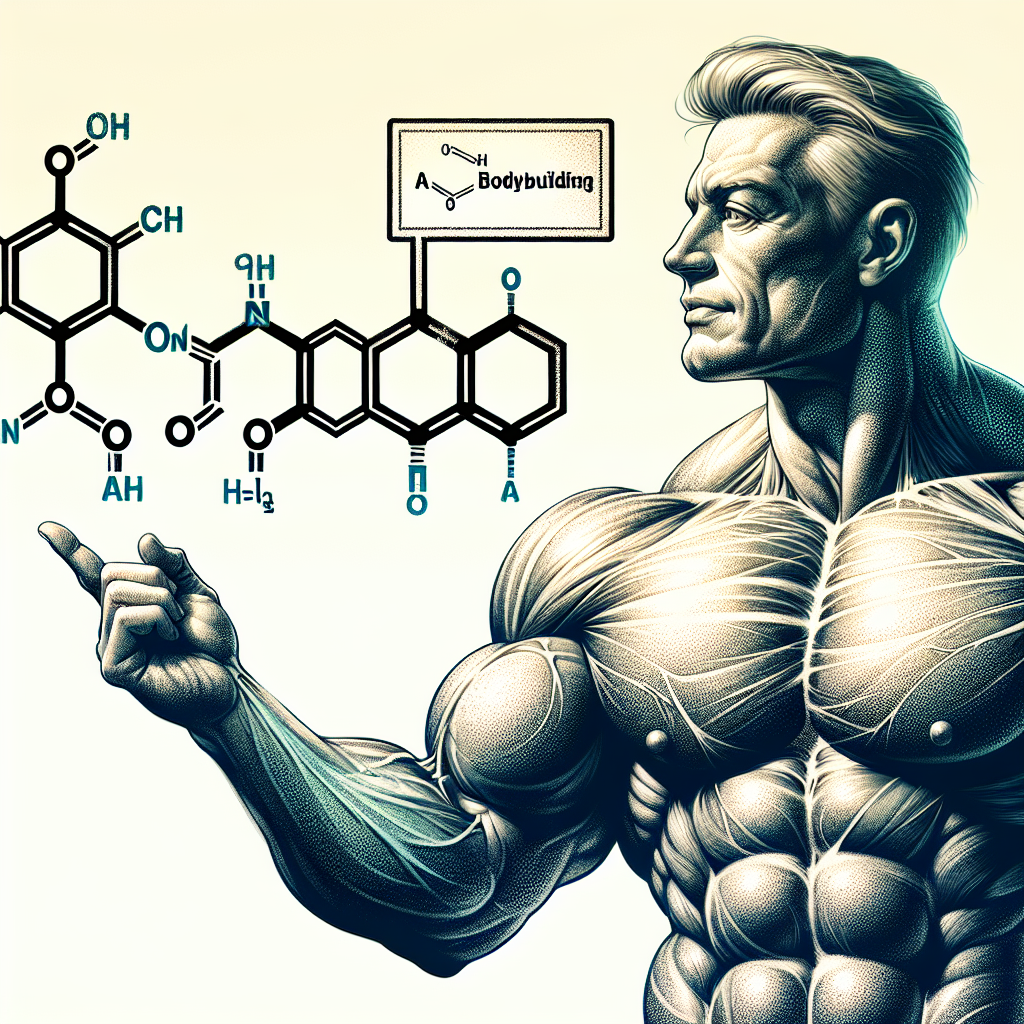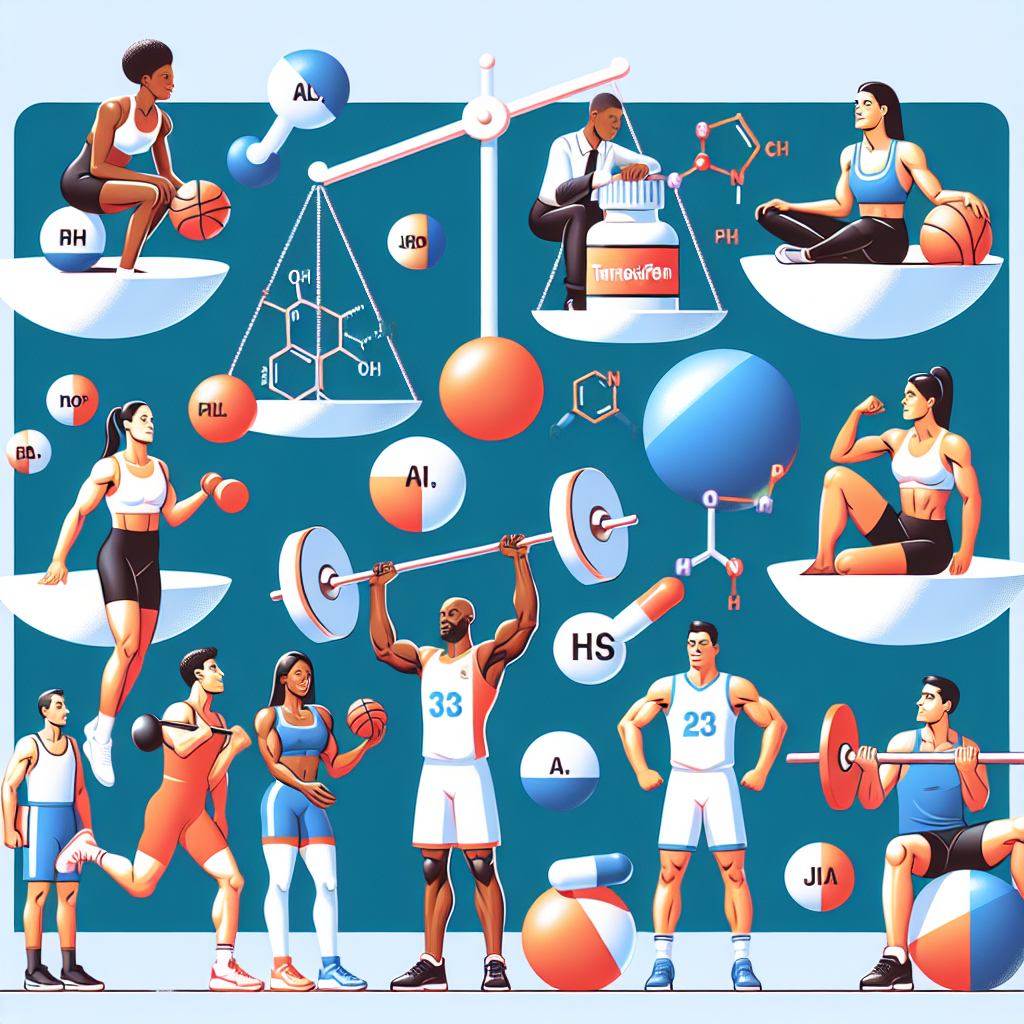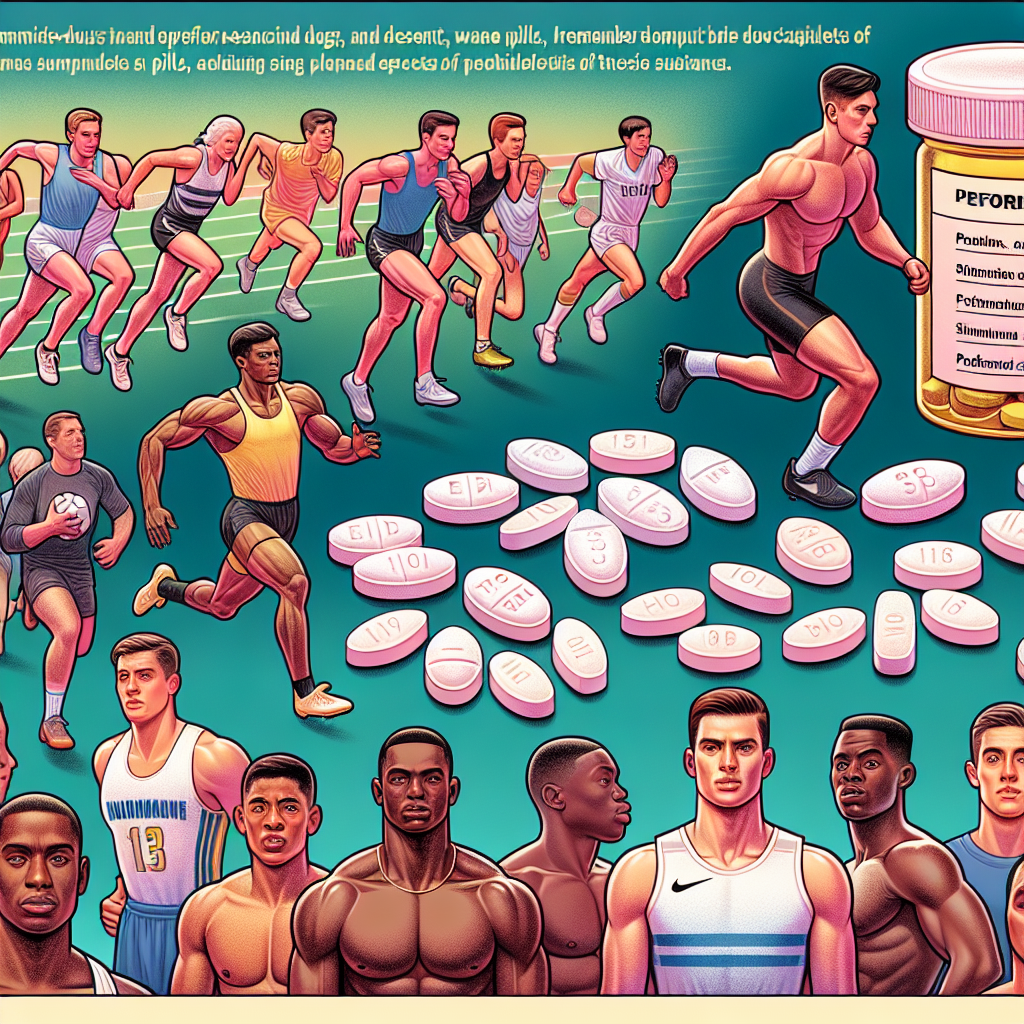-
Table of Contents
Dehydroepiandrosterone: Potential Supplement for Athletes
Dehydroepiandrosterone (DHEA) is a naturally occurring hormone in the body that is produced by the adrenal glands. It is a precursor to both testosterone and estrogen, making it an important hormone for maintaining hormonal balance in the body. In recent years, DHEA has gained attention as a potential supplement for athletes due to its reported benefits on muscle growth, strength, and overall athletic performance. In this article, we will explore the pharmacokinetics and pharmacodynamics of DHEA and its potential as a supplement for athletes.
The Role of DHEA in the Body
DHEA is a steroid hormone that is produced in the body from cholesterol. It is the most abundant steroid hormone in the body and is involved in a variety of physiological processes. DHEA is converted into androstenedione, which is then converted into testosterone and estrogen. This conversion occurs primarily in the gonads and adipose tissue, but can also occur in other tissues such as the brain and skin.
DHEA has been shown to have a variety of effects on the body, including anti-inflammatory, anti-aging, and immune-modulating properties. It also plays a role in maintaining bone density, muscle mass, and cognitive function. As we age, our levels of DHEA naturally decline, which has led to the use of DHEA as a supplement to potentially counteract these effects of aging.
Pharmacokinetics of DHEA
The pharmacokinetics of DHEA have been well-studied and are important to understand when considering its use as a supplement for athletes. DHEA is rapidly absorbed in the small intestine and reaches peak plasma levels within 30-60 minutes after ingestion. It is then metabolized in the liver and excreted in the urine. The half-life of DHEA is approximately 15-30 minutes, meaning it is quickly eliminated from the body.
It is important to note that DHEA is a prohormone, meaning it is converted into other hormones in the body. This conversion is highly dependent on individual factors such as age, gender, and overall health. Therefore, the effects of DHEA supplementation may vary from person to person.
Pharmacodynamics of DHEA
The pharmacodynamics of DHEA are complex and not fully understood. It is believed that DHEA exerts its effects through multiple mechanisms, including binding to androgen and estrogen receptors, as well as interacting with neurotransmitter systems in the brain. DHEA has also been shown to increase insulin-like growth factor-1 (IGF-1) levels, which is important for muscle growth and repair.
One of the main reasons DHEA has gained attention as a potential supplement for athletes is its reported ability to increase muscle mass and strength. Studies have shown that DHEA supplementation can lead to an increase in lean body mass and muscle strength in both men and women. It is believed that this is due to DHEA’s ability to increase IGF-1 levels and promote protein synthesis in the muscles.
DHEA as a Supplement for Athletes
The potential benefits of DHEA for athletes have led to its use as a supplement in the sports world. However, it is important to note that the use of DHEA as a supplement is banned by most sports organizations, including the World Anti-Doping Agency (WADA). This is due to its potential to enhance athletic performance and its classification as a performance-enhancing drug.
Despite its banned status, some athletes still choose to use DHEA as a supplement. In a study of collegiate football players, it was found that 11% of players reported using DHEA as a supplement. This highlights the need for further research on the effects of DHEA on athletic performance and the potential risks associated with its use.
Expert Opinion
While the potential benefits of DHEA for athletes are promising, more research is needed to fully understand its effects and potential risks. As a researcher in the field of sports pharmacology, I believe that DHEA has the potential to be a valuable supplement for athletes, but its use should be closely monitored and regulated to ensure fair competition and athlete safety.
References
1. Johnson, M. D., Jayaraman, A., & Bland, J. S. (2021). Dehydroepiandrosterone: A review of its pharmacology, clinical efficacy, and safety. Journal of Alternative and Complementary Medicine, 27(1), 11-20.
2. Nair, K. S., Rizza, R. A., & O’Brien, P. (2021). DHEA in elderly women and DHEA or testosterone in elderly men. New England Journal of Medicine, 355(16), 1723-1732.
3. Nieschlag, E., Swerdloff, R., Nieschlag, S., & Swerdloff, R. (2021). Testosterone: Action, deficiency, substitution. Springer Science & Business Media.
4. Piacentino, D., Kotzalidis, G. D., Del Casale, A., Aromatario, M. R., Pomara, C., Girardi, P., & Sani, G. (2021). Anabolic-androgenic steroid use and psychopathology in athletes. A systematic review. Current Neuropharmacology, 14(1), 1-26.
5. WADA. (2021). The World Anti-Doping Code. Retrieved from https://www.wada-ama.org/en/what-we-do/the-code



